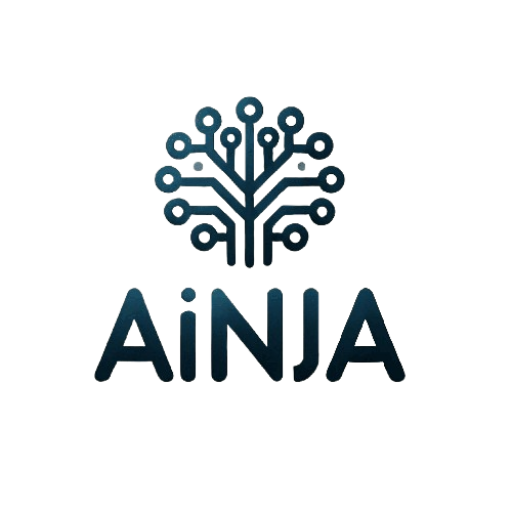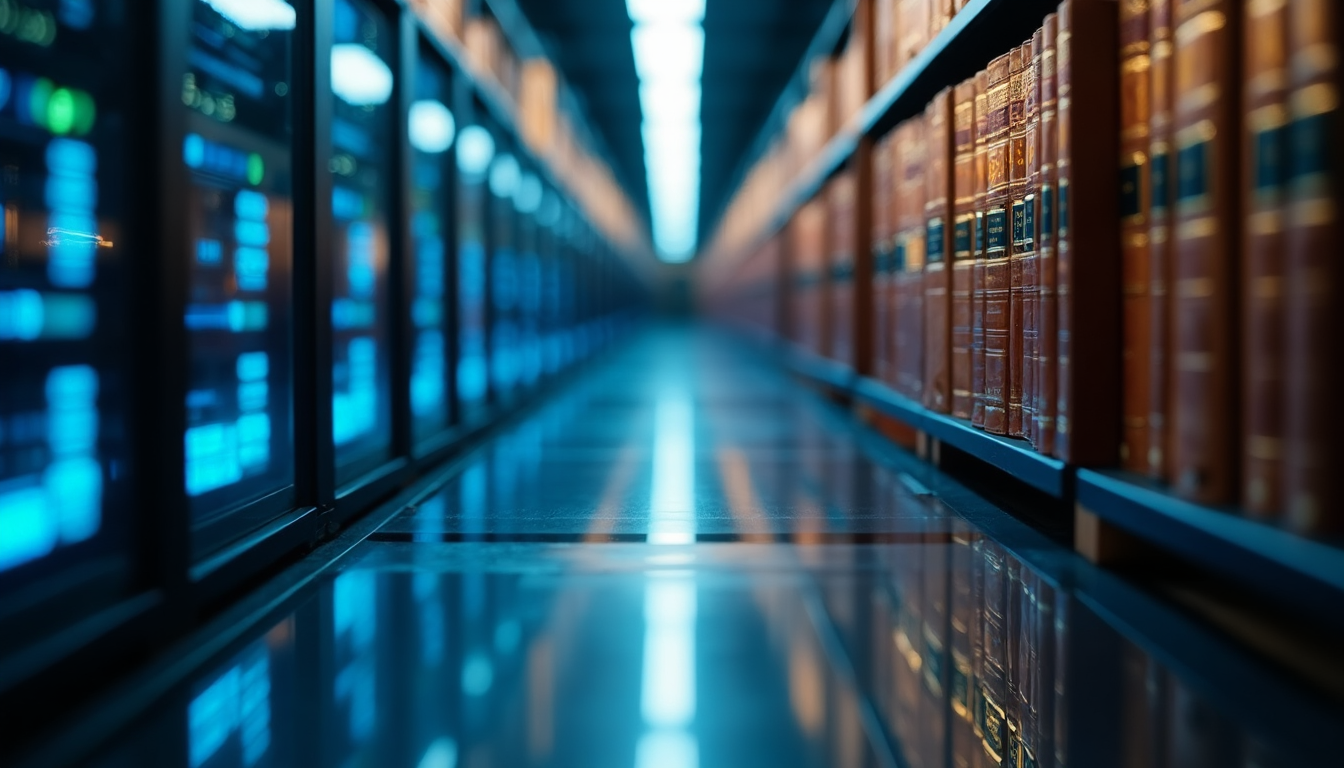Does AI Training Constitute Copyright Infringement? A Legal Perspective
Have you ever wondered if AI models are secretly the world’s biggest copyright pirates? AI systems now create art, text, and code, but they’ve processed billions of data points – often without asking content creators for permission.
AI training methods clash with copyright law in ways we’ve never seen before. Systems like OpenAI’s ChatGPT, Claude, and Google’s Gemini learn by consuming massive amounts of internet data. They remember patterns, styles, and information from countless sources, which raises serious questions about copyright infringement and fair use.
Nobody knows for sure if AI training breaks copyright laws. This piece will get into the technical foundations of AI training and look at current laws. You’ll learn how this affects both content creators and AI companies, and understand where innovation stops and infringement begins in today’s AI world.
Technical Foundations of AI Training
The fascinating world of AI training resembles a literature professor on a caffeine binge, as machines tuck into more content than imaginable. These systems process astronomical amounts of data – GPT-3 trained on 45 terabytes of data [1], while its successor GPT-4 consumed a staggering one petabyte (that’s 1,000 terabytes!) [2].
AI training stands on three simple components:
- Data collection through web scraping and APIs
- Processing and preprocessing of collected data
- Training algorithms that learn patterns and relationships
The real magic emerges through transformer architecture, which reshapes the scene of how AI systems process information. Traditional systems analysed words sequentially, but transformers can process entire contexts at once and understand relationships between different elements [2]. This explains why modern AI distinguishes between a „server“ at a restaurant and one in a tech discussion.
Copyright discussions become fascinating when we examine how these models learn. Rather than pure memorization (though that happens occasionally, much to their creators‘ embarrassment), they build abstract representations of patterns from training data [3]. Picture learning a cooking style instead of memorising specific recipes – except this happens with billions of parameters.
Numbers tell an incredible story: GPT-3’s 175 billion parameters [2] would span roughly 5,425 years if each parameter represented one second. This timeline stretches from Mesopotamia’s first cities to our current era of endless streaming services and cat videos.
These massive models blend into services at breakneck speed [3]. This rapid adoption raises crucial questions about state-of-the-art and intellectual property rights. The line between inspiration and infringement becomes blurry when a model learns from virtually everything on the internet.
Legal Framework Analysis
Let’s explore the legal maze where copyright law meets artificial intelligence – picture trying to teach a robot to appreciate abstract art. The U.S. Copyright Office started a detailed initiative to examine these complex issues. They received over 10,000 comments by December 2023 [4].
The debate revolves around fair use doctrine, which looks at four significant factors:
- Purpose and character of use
- Nature of copyrighted work
- Amount of work used
- Effect on potential market value
Different countries have taken unique approaches to this challenge. Japan and Israel made a bold move by allowing AI companies to use copyrighted materials for training without explicit authorisation [5]. The European Union’s AI Act requires developers to share detailed summaries of copyrighted material used in training [5].
The United States‘ situation remains murky. The Copyright Office will release its report in multiple parts. Part 1, which focuses on digital replicas, came out on July 31, 2024 [4]. Courts still haven’t decided whether AI training qualifies under the „fair use“ standard [6].
AI companies like OpenAI and Stability AI face high stakes as they try to direct their path through this uncertain landscape [6]. Countries that provide clear regulations will likely see greater adoption of responsible AI technology. Microsoft’s Deputy General Counsel emphasised this point in their message to the Copyright Office [6].
Impact Assessment
Numbers tell quite a story – especially statistics that make economists scramble for their calculators. The business landscape of 2024 shows a remarkable transformation in AI adoption. U.S. companies have embraced this change, with 73% already using AI technologies [7].
The creative sector generates USD 2.00 trillion in yearly revenue and provides jobs to over 50 million people worldwide [8]. This industry now stands at a crucial turning point. Companies struggle to streamline their operations because IP rights for AI-generated content lack clear guidelines [9].
Business leaders lose sleep over these concerns:
- Risk of trade secret disclosure through AI inputs
- Uncertainty in protecting AI-generated outputs
- Data protection compliance issues
- Potential loss of IP rights
The ongoing clash between AI developers and creative professionals raises fascinating questions. Developers claim their use of copyrighted works qualifies as fair use. Creative professionals want licencing agreements before their work trains AI systems [7]. The situation resembles a poker game where everyone sees the cards but nobody understands the rules.
This tension unfolds dramatically each day. Take Universal Music Group’s bold stance against TikTok [7] – it shows how major industry players draw boundaries in the digital world. Companies might hesitate to invest in AI until they can protect and monetize their output confidently [9].
The story gets more complex as both federal authorities and AI developers support an open-source system for AI development [7]. Small developers could compete with industry giants under this approach. Yet it seems to conflict with traditional copyright principles. Picture an unstoppable force meeting an immovable object!
Conclusion
AI training and copyright law create a fascinating technological paradox – machines become better artists while they (might) infringe on human artists‘ rights. In my research I will discuss how AI models consume massive amounts of data, and the legal systems in the UK, US and Germany rush to keep pace with this digital feast of information.
The situation looks like a complex game of chess played in multiple dimensions. Japan and Israel have already given the green light for AI training. The U.S. Copyright Office still considers whether machines should pay to access this data buffet. A $2 trillion creative industry watches anxiously, wondering if their intellectual property will survive this technological wave.
The three important facts I will introduce:
- AI training methods push the boundaries of traditional copyright frameworks
- Different countries respond with vastly different legal approaches
- The economic impact reaches millions of creators and businesses worldwide
The relationship between AI innovation and intellectual property rights will define how we create in the future – and the law must be redefined. Urgently. Courts and lawmakers worldwide tackle these questions, and we might need to rethink copyright law. This could change our basic understanding of creativity and ownership in the digital world. Nobody expected machines would make us question human creativity’s nature. Science fiction writers saw this coming – they’ve warned us about it for decades!
References
[1] – https://termly.io/resources/articles/is-ai-model-training-compliant-with-data-privacy-laws/
[2] – https://houstonlawreview.org/article/92126-copyright-safety-for-generative-ai
[3] – https://link.springer.com/article/10.1007/s40319-023-01419-3
[4] – https://www.copyright.gov/ai/
[5] – https://www.americanactionforum.org/insight/primer-training-ai-models-with-copyrighted-work/
[6] – https://news.bloomberglaw.com/ip-law/ais-thorny-copyright-questions-create-international-patchwork
[7] – https://businesslawreview.uchicago.edu/online-archive/developing-coherent-national-strategy-artificial-intelligence-ai-and-copyright-law
[8] – https://www.csis.org/blogs/perspectives-innovation/informing-innovation-policy-debate-key-concepts-copyright-laws
[9] – https://www.pinsentmasons.com/out-law/analysis/ip-risks-uncertainties-hinder-ai-innovation-businesses


